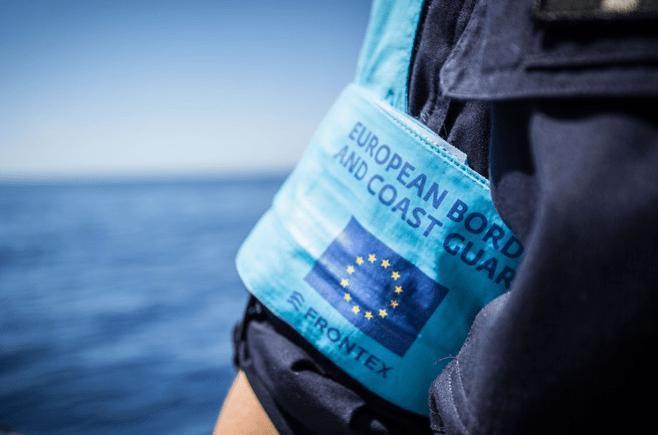Border and coast guards, as well as other security practitioners, require capabilities to monitor wider areas beyond the EU external borders in order to prevent, detect and react to crime, including that crossing external borders, illegal border crossings and/or smuggling at the border regions of the EU and of the Schengen area. This applies to all border contexts – land, sea and air – but it may be specifically useful in the maritime domain, and these capabilities could also have a strong impact on other maritime security-related tasks beyond border control and for key dimensions identified by the EU Maritime Security Action Plan, including the civil-military research agenda. These capabilities should include monitoring for challenges and threats to maritime activities, including transport, maritime infrastructures and environments; contributing to measures to support vessels in distress and search and rescue missions; and scanning of coastal and border areas.
The solutions proposed by project proposals should reach advanced capability levels concerning detection, identification and tracking, including long endurance, persistence, reliability, and wide coverage. These platforms would be expected to have multi-tasking capabilities and be able to respond to a variety of needs and situations, including but not limited to environmental incidents, search and rescue needs, irregular migration and cross-border crimes. Platforms should offer cyber and physical security, be able to operate in groups/clusters, be highly autonomous, and offer increased endurance, taking into account better energy efficiency and cost-efficiency (including lower maintenance requirements) for security practitioners, low visual and acoustic signatures, and/or improved safety compared to the state of the art.
Solutions should be able to share their information products and integrate with existing and upcoming border and maritime surveillance systems in the EU, including EUROSUR.
Research and innovation activities could be conducted using a range of technological approaches (including but not limited to UAVs, balloon, blimps, High Altitude Platforms (HAPs), Lighter-Than-Air (LTA) solutions, microsatellites, satellite imagery, etc.) as long as the specific platform delivers the expected improved capabilities.
The specific platform should be brought at least to the level of validation, by European border and coast guard authorities, in an operational or real environment. Proposals should be convincing in explaining the frameworks they intend to use for demonstrating, testing and validating the systems; these frameworks will also include assessments of manufacturability, cost-effectiveness, efficiency and demonstrated integration with existing systems, and legal and ethical issues.
While some components studied could be more innovative and brought to mid-TRL, most components of the envisaged solutions are expected to arrive at high TRL and be demonstrated by projects in actual environments with operations and exercises for validation by practitioners. Proposals should also delineate the plans for further uptake (industrialisation, commercialisation, acquisition and/or deployment) at national and EU level, after the research project and should it deliver on its goals, of the solutions that they will demonstrate in the research project. Projects are also recommended to integrate impact assessments, including leveraging insights from previous research, in investigating and developing the solutions they propose.
Proposals under this topic are expected to address the priorities of the European Border and Coast Guard and of its Agency (Frontex) starting from the design of their work, and engage with the Agency in the development of the project. Proposals should give a key role to Frontex in validating the project outcomes, with the aim of facilitating future uptake of innovations for the border and coast guard community.
Research projects should consider, build on (if appropriate) and not duplicate previous research, including but not limited to research by other Framework Programmes projects.
Research projects should be complementary and not overlap with relevant actions funded by other EU instruments, including projects funded by the European Defence Fund and the European Defence Industrial Development Programme, while maintaining a focus on civilian applications only.
Projects are expected to contribute to some of the following expected outcomes:
• Increased surveillance capability compared to the state of the art, including longer endurance, better reliability, lower maintenance requirements, longer permanence and wider coverage;
• Improved performance and/or safety, including better detection, classification and tracking capabilities, cyber and physical security, better cost-efficiency, better autonomy, lower visual and acoustic signatures;
• Improved multi-tasking capabilities to respond to a variety of needs and situations in the surveillance of border and maritime environment, including enhanced multi-authority collaboration.
Link with CMA Goals
Goal II: A competitive, innovative and sustainable blue economy for the Black Sea / Priority 1: Foster innovative business models, stimulate research and innovation, and sustainable growth and up-to-date jobs

